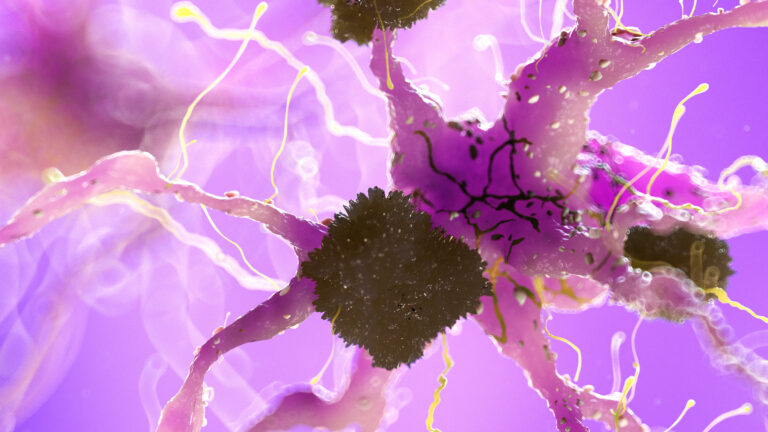Magnetic Resonance Imaging (MRI) plays a **crucial role in the diagnosis of Creutzfeldt-Jakob disease (CJD)**, a rare and rapidly progressive neurodegenerative disorder caused by prion proteins. MRI is considered the imaging modality of choice because it can detect characteristic brain changes that support clinical suspicion of CJD, often before other tests confirm the diagnosis.
The most important MRI technique for identifying CJD is **diffusion-weighted imaging (DWI)**. This sequence is highly sensitive in detecting early abnormalities in the brain tissue affected by the disease. On DWI, areas of the brain show increased signal intensity, reflecting restricted diffusion of water molecules. These changes are often more conspicuous than those seen on other MRI sequences like T2-weighted or FLAIR images. The restricted diffusion seen on DWI corresponds to the spongiform degeneration and neuronal loss caused by the accumulation of abnormal prion proteins.
Characteristic MRI findings in CJD include:
– **Cortical ribboning**: This refers to a pattern of hyperintensity along the cerebral cortex, visible on DWI, which represents cortical involvement by the disease.
– **Basal ganglia involvement**: Increased signal intensity in deep gray matter structures such as the caudate nucleus and putamen is common.
– **Thalamic signs**: Specific patterns like the “pulvinar sign” (hyperintensity in the pulvinar region of the thalamus) and the “hockey stick sign” (involving the pulvinar and medial thalamus) are distinctive features often associated with variant forms of CJD.
The **apparent diffusion coefficient (ADC) maps** complement DWI findings by showing areas of low ADC values early in the disease, indicating true diffusion restriction. However, ADC values can change over time, sometimes normalizing or increasing as the disease progresses and brain atrophy develops.
Other MRI sequences such as T2-weighted and FLAIR images may show hyperintensities in affected regions but are generally less sensitive and may be normal in early stages. Contrast-enhanced T1-weighted images typically do not show abnormal enhancement in CJD.
MRI not only aids in early diagnosis but also helps differentiate CJD from other causes of rapidly progressive dementia, such as stroke, encephalitis, or other neurodegenerative diseases. The rapid progression of MRI changes over days to weeks, along with the typical distribution of abnormalities, supports the diagnosis.
In addition to structural imaging, other modalities like Fluorine-18-FDG PET can show hypometabolism in affected brain regions, but MRI remains the primary and most accessible tool for initial assessment.
While cerebrospinal fluid (CSF) tests and electroencephalography (EEG) provide supportive diagnostic information, MRI offers a non-invasive, visual confirmation of brain involvement that is essential for timely diagnosis. Early detection through MRI can guide clinical management and help avoid unnecessary treatments for other conditions.
Overall, MRI, especially diffusion-weighted imaging, is indispensable in the diagnostic workup of Creutzfeldt-Jakob disease, providing sensitive and specific evidence of the characteristic brain changes caused by this fatal prion disease.





